In Rome, in the spaces of Castel Sant’Angelo, the exhibition Papi e Santi marchigiani a Castel Sant’Angelo is scheduled, which the public will be able to visit, included in the entrance ticket to the Castle, from October 3, 2024 until March 2, 2025, in the Sale dell’Armeria Superiore, under the curatorship of Marco Pizzo and Maria Cristina Bettini. This is an exhibition rich in materials, documents and testimonies, many of which come from the Marche region, works that are completely unpublished or little known, testifying to the connection of Rome, the Eternal City of the Popes where past and present appear inextricably linked, and of its historical, artistic and cultural heritage with the Marche. The Marches, between history and culture, have woven a deep bond with the Catholic Church over the centuries. Their past, connected with the Papal States, has helped shape the region’s identity and social fabric.
Through the exhibition, the aim is to bring to the surface the intertwining of art, culture and spirituality, the deep and persistent bond with the Marche region, engaging and capturing the curiosity of tourists, amateurs and devotees toward the discovery of these places. The figures of the saints from the Marches have managed to perfectly characterize the instances of their time, becoming religious and artistic landmarks such as, for example, St. Nicholas of Tolentino (Sant’Angelo in Pontano, 1245 - Tolentino, 1305).
The exhibition will be divided into three sections: in the first present the story of the popes (medieval age, modern age, Risorgimento) through biographies and elements that distinguish them such as portraits, medals, objects related to their patronage. As in the case of El Greco’s tabernacle linked to the figure of Pope Sixtus V. In the second, the saints and blessed (St. Marcellinus, St. Nicholas of Tolentino, the Blessed Saint, St. James of the Marches, St. Camilla Battista da Varano, St. Joseph of Cupertino, St. Veronica Giuliani, St. Maria Goretti) through engravings, paintings, objects of worship and spiritual value such as the precious pages of St. Marcellin’s Evangelary dating back to the 6th century. In the third, the sacred itineraries of Le Marche: hermitages, oratories, sanctuaries, abbeys, renowned churches and cathedrals, splendid testimonies of Romanesque and Renaissance art. This section will also be illustrated through maps, plans and ancient drawings, often little known or totally unpublished.
Each section of the itinerary will be enriched by the display of works of art, original artifacts, archaeological finds, historical documents, photographs and films. Similarly, the figures of the saints will be documented not only by biographical profiles but also by spiritual suggestions from their writings or processes of sanctification. Consider, for example, the figure of St. Maria Goretti, who became an expression in the 20th century of the spirituality of the Passionist fathers of St. Leonard of the Cross, who will be present in the exhibition with the rare relic of her robe. A visit to their places and a pilgrimage to their tombs thus becomes a path toward knowledge of an ancient culture still able to speak to contemporaries. With the approach of the jubilee year, next 2025, the Marche Region, with ATIM - Agency for Tourism and Internationalization of the Marches, wanted to celebrate its territory through the figure of nine of its illustrious sons elected to the Papal throne and saints, analyzing the most characteristic features of the territory-faith relationship that make this region one of the most spiritual in Italy. The exhibition is promoted by the Marche Region, ATIM Agency for Tourism and Internationalization of the Marche Region, with the collaboration of the General Directorate of Museums of the Ministry of Culture and the Pantheon and Castel Sant’Angelo Institute - National Museums Directorate of the city of Rome, under the patronage of Jubilee 2025 and the Bishops’ Conference of Marche. Produced and organized by C.O.R. Creare Organizzare Realizzare by Alessandro Nicosia.
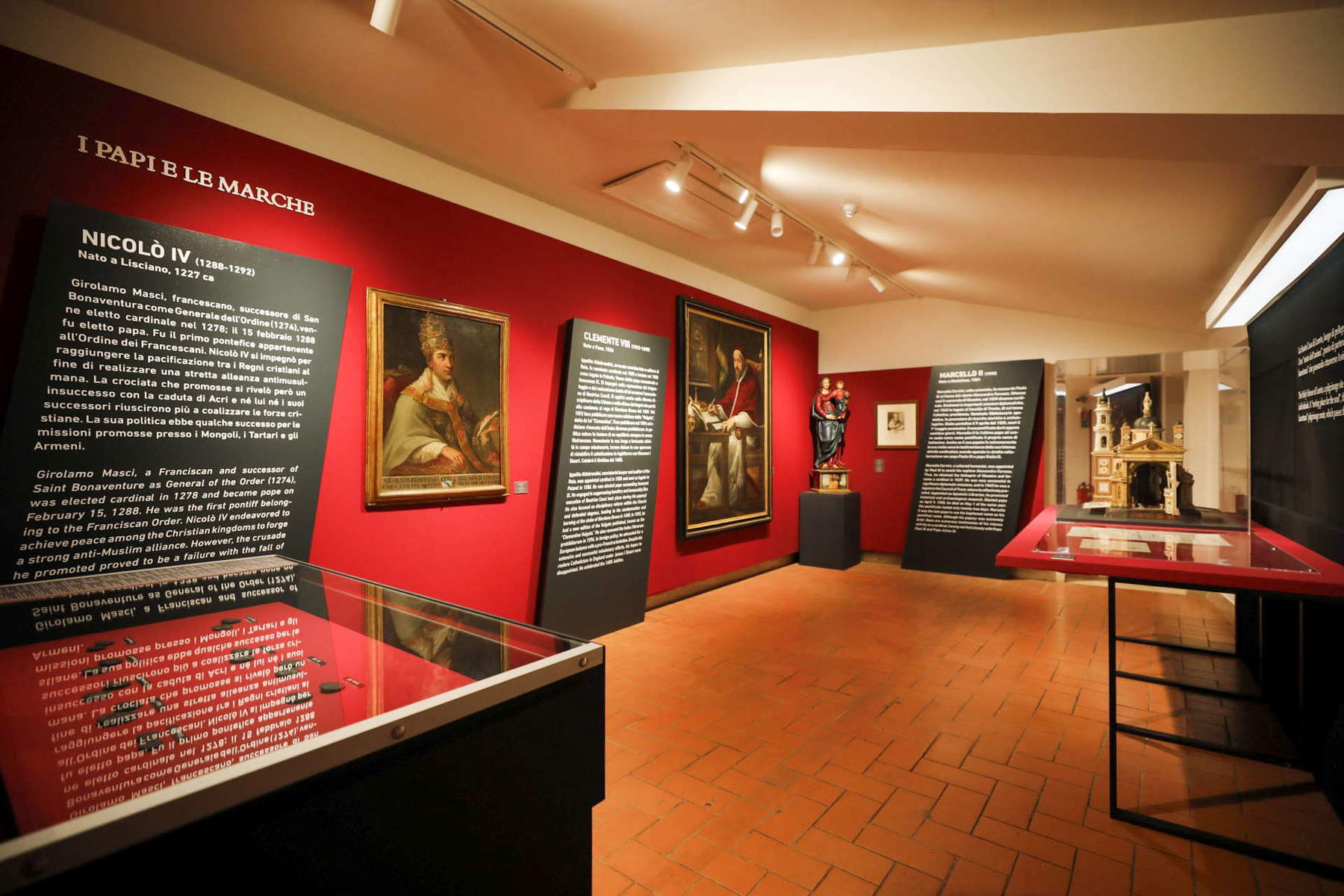
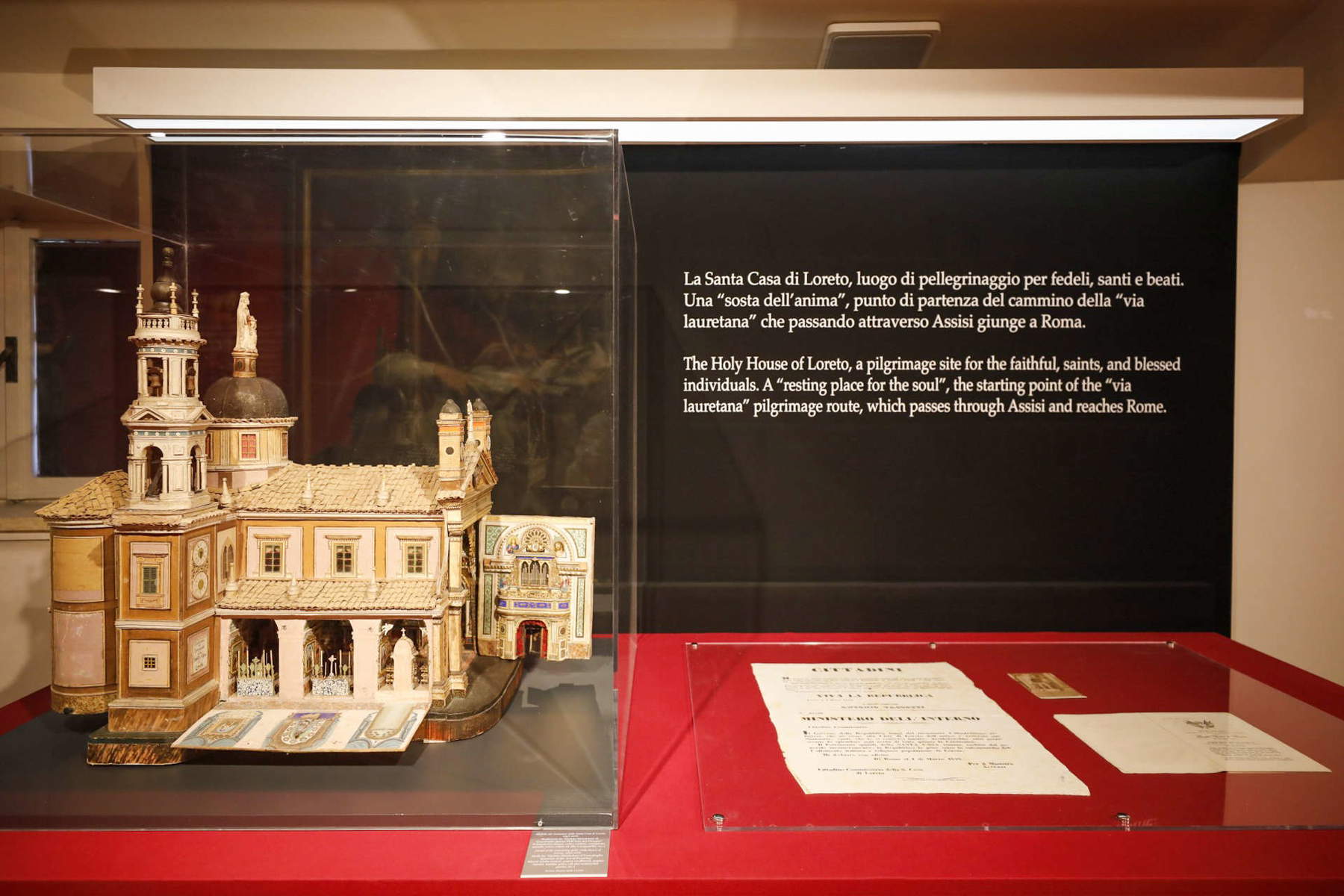
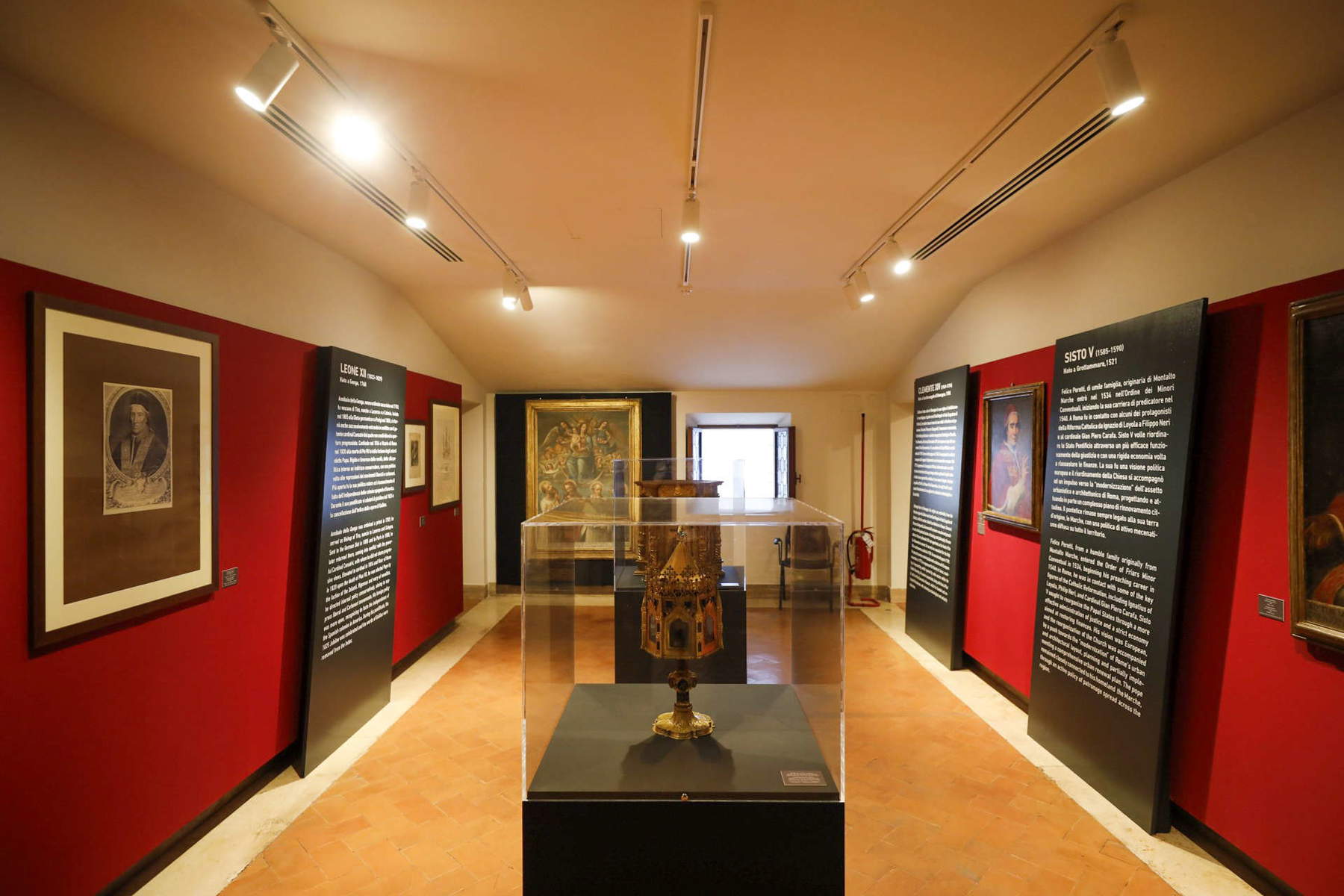
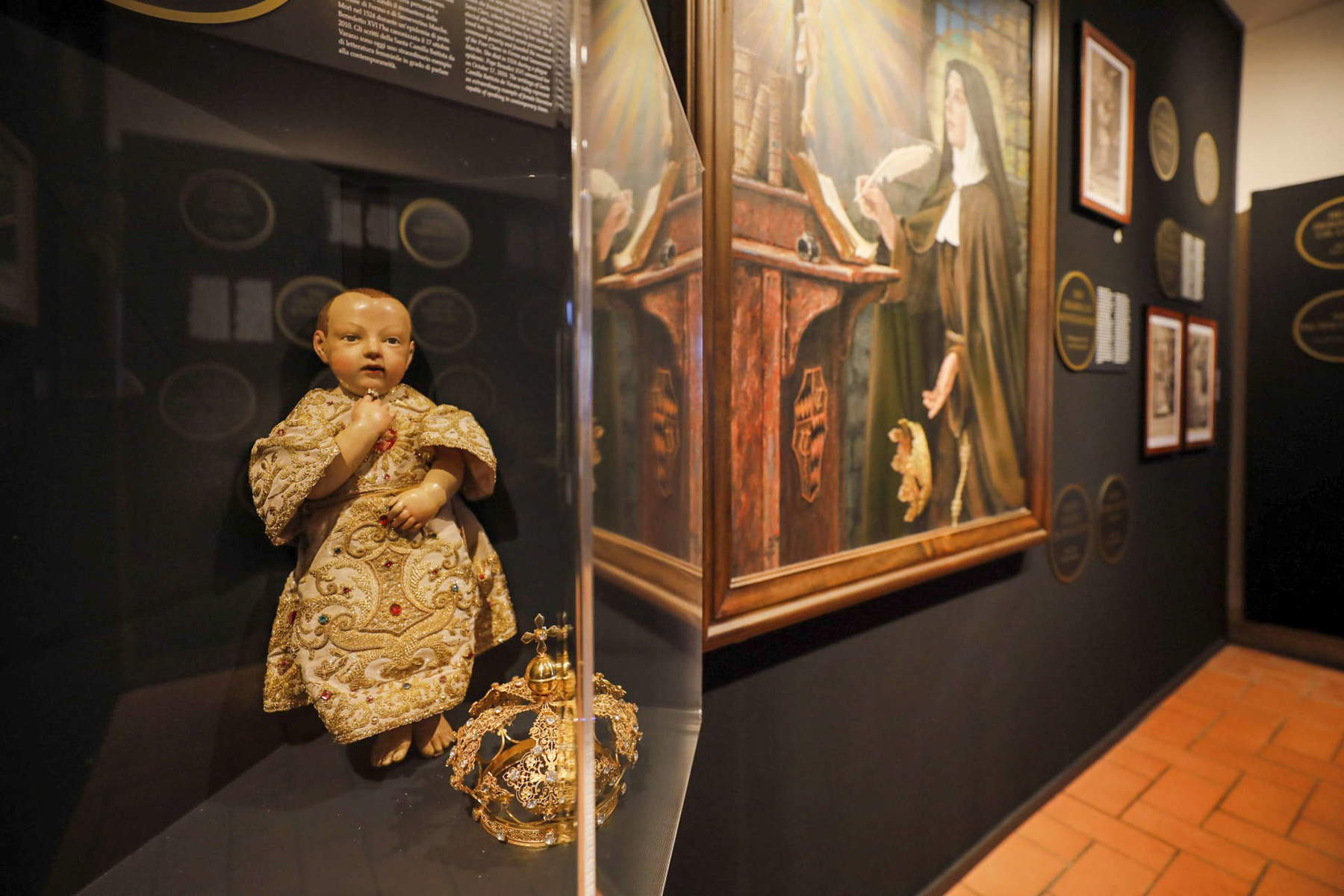
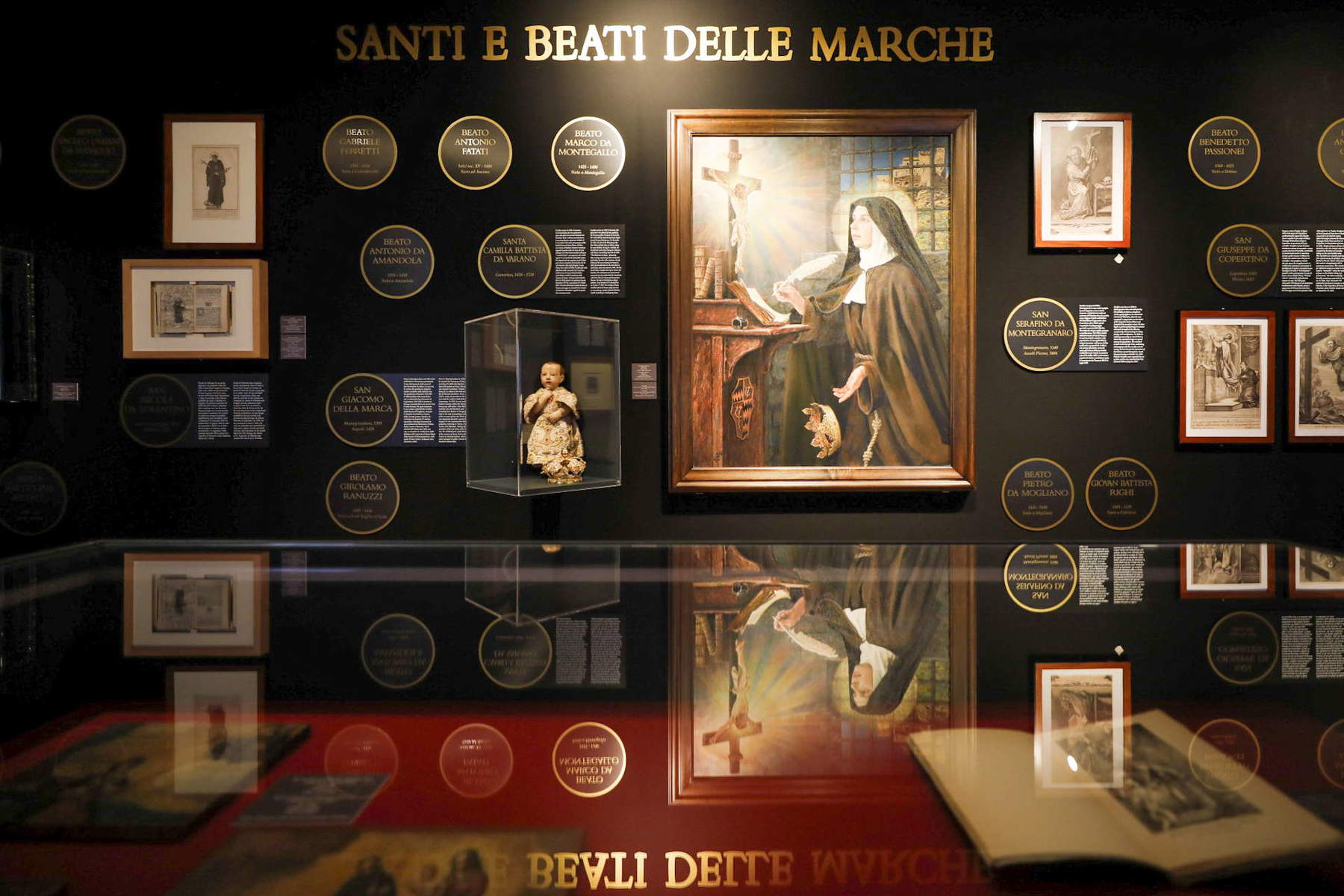
"The exhibition Marche Popes and Saints at Castel Sant’Angelo," says Francesco Acquaroli, president of the Marche Region, “offers an extraordinary journey through the history, art and spirituality that links the Marche region to the Eternal City. The exhibition, which winds its way through precious documents and unpublished works, celebrates the deep connection between the Marche region and the Catholic Church, revealing the influence that the popes and saints born in this region have had in shaping Italian ecclesiastical and artistic culture. An unmissable opportunity to immerse oneself in a history of faith and art in a museum as prestigious as Castel Sant’Angelo, but also an important showcase for the promotion of the Marche region. Through the dialogue between sacred art and ecclesiastical history, this exhibition in fact invites visitors to explore our region to discover its cultural and spiritual roots. We therefore have a unique opportunity to enhance the heritage of the Marche region, drawing the attention of tourists, scholars and art enthusiasts to an area rich in traditions, landscapes and culture, thus fostering the growth of tourism and awareness of its excellence.”
“While I congratulate the praiseworthy initiative, I hope that visitors may become ’Pilgrims of Hope’ and that on their way to the Holy Door they may be edified by the eminent personalities that this exhibition wishes to recount,” continues H.E.R. Msgr. Rino Fisichella, Pro-Prefect of the Dicastery for Evangelization and entrusted by Pope Francis with the organization of Jubilee 2025.
“This exhibition stems from the history and the extraordinary spiritual and cultural fecundity of the land of the Marches,” explains H.E.R. Msgr. Nazzareno Marconi, president of the Bishops’ Conference of the Marches. “The Marches are Christian thanks to Rome but, being a fruitful and grateful land, they soon took to returning to Rome a great wealth of faith, culture and Christian life. Thus it is that as early as the fourth century from the Christian Marche arose the first saints whose fame reached Rome, such as St. Marcellinus of Ancona mentioned by St. Gregory the Great. Even more so in the Middle Ages, the Marches returned the gift of faith to Rome through new pilgrimage routes where as early as the late 1200s, the first great popes from the Marches came to the Urbe. Then ’from heaven’ on December 10, 1294, the ’Coming’ of the Holy House to Loreto took place. Having arrived from heaven, the Holy House will give rise to a third road of connection between Rome and the Marches, a road that is more heavenly than earthly, marked by the steps of pilgrims and on which the Marches popes and saints will take to come and go from Rome: The Via Lauretana.”
“In the precipitous perspective of reading and interpreting the territorial realities, the exhibition looks at the panorama of abbeys, monasteries and places of pilgrimage in the region and enters inside it, to reveal their stories, in an intriguing interweaving of voices, faces, traditions and ancient memories that manage to actualize its powerful scope and spread its message, skillfully dialoguing with contemporaneity. And so the figures of the nine popes, to whom the Marche region gave birth, are analyzed through the most characteristic and significant features of the relationship between territory and faith, sketching an unprecedented and fascinating picture,” says Massimo Osanna, Director General of Museums, in the preface to the exhibition catalog.
 |
| At Castel Sant'Angelo, an exhibition recounts the connection between the popes of Rome and the saints of the Marche region |
Warning: the translation into English of the original Italian article was created using automatic tools. We undertake to review all articles, but we do not guarantee the total absence of inaccuracies in the translation due to the program. You can find the original by clicking on the ITA button. If you find any mistake,please contact us.